STRUCTURE | FUNCTION | PATHOLOGY
We leverage chemical, physical, and biomolecular tools
to study and perturb biological structures and functions at the molecular scale
to study and perturb biological structures and functions at the molecular scale
Molecular Components and Chemical Compositions of Living Organisms
Biological structures in living organisms span multiple orders of magnitude in size—ranging from nanometers to centimeters. We use chemical and material tools to study the molecular components and chemical compositions of these structures. Specifically, we leverage rational design of macromolecular matrices, supramolecular assemblies, and chemical linkers/probes to selectively target, identify, and visualize molecular entities in cells and tissues. Additionally, we develop (bio)chemical probes to map and track chemical compositions and dynamics in biological systems.
Microscopy and Bioimaging
Observing dynamic biological processes at the molecular scale requires an imaging modality that captures thousands of molecular targets or more at nanoscopic spatial resolution and sub-millisecond temporal resolution. Currently, no microscopy methods fulfill these criteria concurrently. We develop fluorescence microscopy methods that overcome such limitations, including super-resolution microscopy, light-sheet microscopy, and adaptive optical microscopy.
Structure, Function, and Pathology
We seek to elucidate structures and processes central to biology and human health. For instance, our group is interested in the anatomy and (dys)function of the nervous system, such as ultrastructure of synapses, chemical profile of synaptic transmission, long-range neuronal connections, and pathological effects of misfolded proteins in neuropathological brains. We also apply proteomics and transcriptomics approach to map endogenous and exogenous molecular markers in, for example, cancerous and clinical specimens.
Biological structures in living organisms span multiple orders of magnitude in size—ranging from nanometers to centimeters. We use chemical and material tools to study the molecular components and chemical compositions of these structures. Specifically, we leverage rational design of macromolecular matrices, supramolecular assemblies, and chemical linkers/probes to selectively target, identify, and visualize molecular entities in cells and tissues. Additionally, we develop (bio)chemical probes to map and track chemical compositions and dynamics in biological systems.
Microscopy and Bioimaging
Observing dynamic biological processes at the molecular scale requires an imaging modality that captures thousands of molecular targets or more at nanoscopic spatial resolution and sub-millisecond temporal resolution. Currently, no microscopy methods fulfill these criteria concurrently. We develop fluorescence microscopy methods that overcome such limitations, including super-resolution microscopy, light-sheet microscopy, and adaptive optical microscopy.
Structure, Function, and Pathology
We seek to elucidate structures and processes central to biology and human health. For instance, our group is interested in the anatomy and (dys)function of the nervous system, such as ultrastructure of synapses, chemical profile of synaptic transmission, long-range neuronal connections, and pathological effects of misfolded proteins in neuropathological brains. We also apply proteomics and transcriptomics approach to map endogenous and exogenous molecular markers in, for example, cancerous and clinical specimens.
Funding and Collaborations









